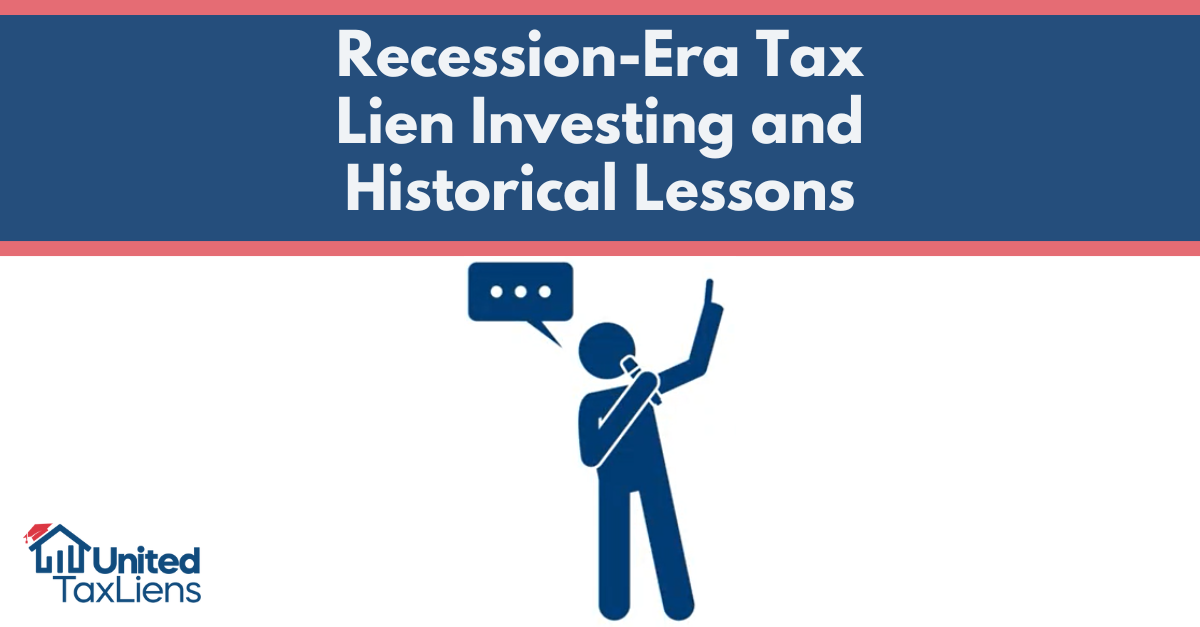
When the news screams “recession,” most real estate investors panic and hide under their desks. Meanwhile, the smartest tax lien investors are quietly licking their chops. Here’s why downturns are secretly the best time to build serious wealth with liens (and exactly how to take advantage).
Why Downturns Are a Tax Lien Investor’s Dream
- Delinquency Rates Explode
Lose a job → can’t pay property taxes → county creates more liens. In the last three mild recessions, lien volume rose in many states. More inventory = more choices. - Competition Vanishes Overnight
Casual bidders who were “just trying it out” disappear when the market feels scary. When bidders dwindle there’s opportunity for lower bid costs, higher interest rates, thus fatter yields. - Interest Rates Stay Locked
Unlike bonds or savings accounts that slash rates in a downturn, your statutory lien rate (12 %, 16 %, 18 %, whatever your state guarantees) doesn’t change. You’re earning solid returns in a 2025 economy. - Redemption Eventually Comes Roaring Back
Yes, some owners take longer to pay when money is tight, but when the recovery hits, they refinance or sell at higher prices and you collect every penny plus penalty interest.
A Simple Downturn Playbook
- Keep some capital in cash during the good times (it feels boring until it doesn’t).
- When lien lists double in size and bidder count drops, deploy aggressively.
- Focus on “recovery-proof” counties: strong employment diversity, growing population, history of solid redemptions even in bad years.
- Buy bigger certificates (less work, same fixed costs).
Imagine deploying during that sweet spot. As an example, let’s assume that sweet spot’s in January, purchasing $100k worth of liens at an average 10% of face value because nobody else was bidding. By mid-2027, 90% have redeemed and pocketed over $14k in profit during the worst part of the cycle. All with minimal work compared to other investments and the potential for gaining the remaining 10% of properties.
Down markets don’t hurt tax lien investors; they reward the prepared.
Down markets create golden liens. Build wealth when others freeze.
This blog is for informational purposes only and should not be relied upon as financial or investment advice. Real estate investing carries risks, and individual results will vary. Always consult with your team of professionals before making investment decisions. The authors and distributors of this material are not liable for any losses or damages that may occur as a result of relying on this information.










